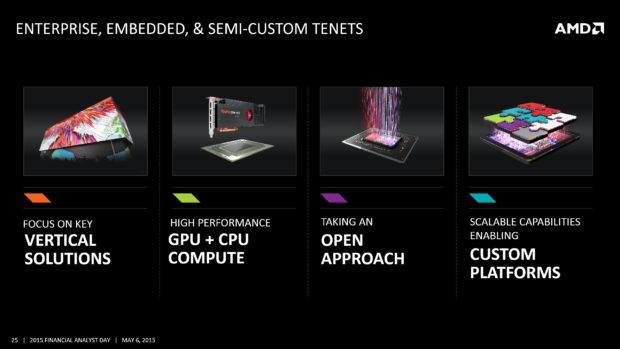AMD Infinity Fabric is what we are going to talk about today and although it has not been given the spotlight I have to say that it is of vital importance. This will play an important role when it comes to AMD Ryzen, Vega, and upcoming AMD products. AMD Infinity Fabric is the successor of the classic Hyper Transport that will be featured in AMD Ryzen when it comes out.
Also check out: AMD Ryzen Octa Core And Hexa Core Units, Supply Could Be An Issue
AMD Infinity Fabric, AMD Ryzen And Vega
To learn more about AMD Infinity Fabric you need to know what Hyper Transport. In essence, this is what Intel calls Front Side Bus, this is what ICs use to communicate with one another but while Front Side Bus is limited to Intel, Hyper Transport is open source. Hyper Transport also plays the role of the interconnect when we talk about multiple processors. AMD Infinity Fabric will be building on the Hyper Transport and be making it available for AMD Ryzen as well as Vega.

It is safe to call this HyperTransport 2.0 and even though there is not much that we know about this tech as of right now we do know the following about it:
- It will be completely modular
- The bandwidth will scale from 30-50 GB/s for notebooks and around 512 GB/s for Vega GPU.
- It will be used as both a network-on-chip solution as well as clustering link between GPUs and x85 server SoCs.
- CCIX standard is also supported which will allow it to be coupled with accelerators and FPGAs.
An AMD fellow for client SoC architectures and modeling, Maurice Steinman said:
“We had multiple on-die protocols trying to do the same thing that gave us some inefficiencies,” He added that creating a new interconnect “was a huge investment, but we are seeing the ability to do variants and architectures we could not do that we are now embracing.”
In the past, an on-chip network change early in an SoC design cycle might have taken six months, “but we can do it now in a few hours,” he said. In addition, AMD is able to offer more interconnect variants to its ASIC customers, such as the video game console makers. Source: Interview to EETimes

What all this means is that this tech will allow for proper and full usage of DRAM of GPUs and SoCs. This means that ideal case scenarios that we read in textbooks will be possible and that upcoming tech will be able to achieve next level efficiency. Another thing to note here is that everything will be scalable and flexible.
Ryzen will have machine learning integrated into the CPU that will allow the CPU to perform better in recurring tasks. We have seen this in Intel CPUs as well. This is a great example of the clever use of AMD Infinity Fabric. All this will allow AMD to be more flexible and it will be able to solidify its position in the console market as well.
What do you think about AMD Infinity Fabric?
